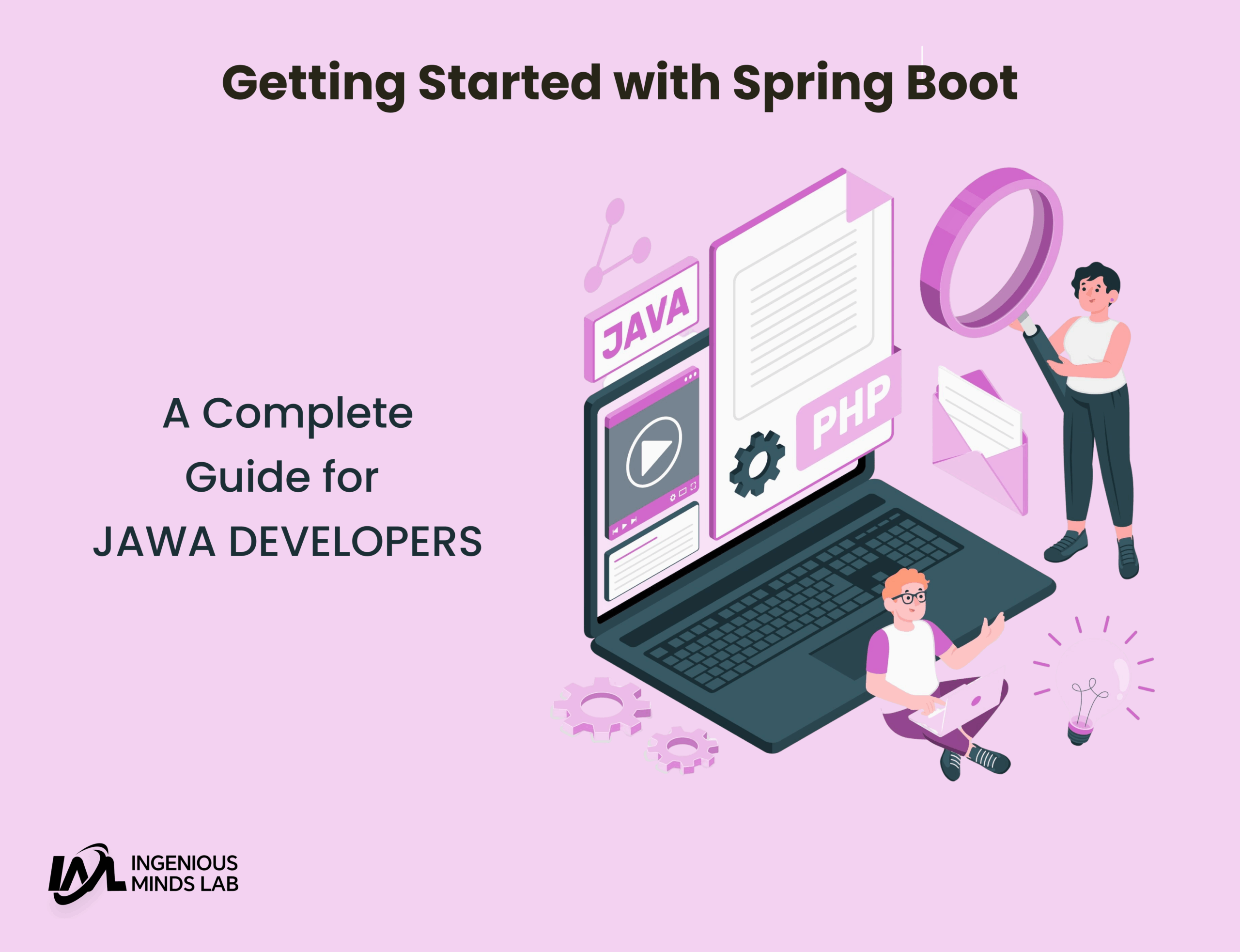In the evolving world of Java development, Spring Boot has become a game-changer. For developers aiming to build scalable, production-ready applications quickly, Spring Boot offers a fast and easy way to create stand-alone, microservice-based, or monolithic applications. It builds upon the powerful Spring framework, reducing boilerplate code and increasing productivity.
In this blog post, we will dive deep into what Spring Boot is, its key features, benefits, how to set up your first project, and why Spring Boot is the go-to choice for modern Java development.
What is Spring Boot?
Spring Boot is an open-source Java-based framework used to create stand-alone, production-grade Spring applications with minimal configuration. It was developed by Pivotal Software and is now part of the larger Spring ecosystem maintained by VMware.
Traditional Spring applications require a lot of configuration, but Spring Boot takes an “opinionated” approach, which means it makes decisions for you, using sensible defaults, so you can start coding right away.
Why Choose Spring Boot?
Here’s why developers and organizations are widely adopting Spring Boot:
Quick Setup: No need to configure XML or complex application contexts.
Embedded Servers: Comes with embedded Tomcat, Jetty, or Undertow—no need to deploy WAR files.
Production-Ready: Built-in tools like health checks, metrics, and externalized configuration.
Microservices Friendly: A perfect choice for building scalable microservices.
Active Community: Spring Boot has a vast, active community and rich documentation.
Key Features of Spring Boot
Let’s take a closer look at the key features that make Spring Boot stand out:
1. Auto Configuration
Spring Boot intelligently configures your application based on the libraries in your classpath. This reduces the need for manual configuration and speeds up development.
2. Spring Initializr
Start your project in seconds using https://start.spring.io. It provides a simple interface to generate a Maven or Gradle project preloaded with dependencies.
3. Embedded Web Servers
Forget about external application servers. Spring Boot includes embedded web servers, making deployment and testing easier.
4. Actuator
Spring Boot Actuator provides production-ready features like health checks, metrics, and environment info with almost no setup.
5. DevTools
Built-in support for auto-reload, live reload, and other developer tools to boost productivity.
Spring Boot vs Traditional Spring Framework
| Feature | Spring Framework | Spring Boot |
|---|---|---|
| Configuration | Requires extensive setup | Auto-configured |
| Deployment | Requires external server | Embedded server |
| Learning Curve | Steep for beginners | Easier entry point |
| Microservices Support | Requires customization | Out-of-the-box support |
Spring Boot reduces the complexity of Spring and offers a streamlined experience for developers.
How to Create a Spring Boot Application
Let’s walk through creating your first Spring Boot application.
Step 1: Generate Project Using Spring Initializr
Go to https://start.spring.io
Choose:
Project: Maven
Language: Java
Spring Boot Version: Latest stable
Dependencies: Spring Web, Spring Boot DevTools, Spring Data JPA, H2 Database
Click Generate and extract the downloaded ZIP.
Step 2: Import into IDE
Step 3: Create a Simple REST Controller
Step 4: Run the Application
Spring Boot in Microservices Architecture
One of the biggest advantages of Spring Boot is how seamlessly it fits into a microservices architecture. Each service can run as an independent process with its own database, business logic, and endpoint.
Spring Cloud complements Spring Boot by offering components for:
Service discovery (Eureka)
API Gateway (Spring Cloud Gateway)
Load balancing (Ribbon)
Configuration management (Spring Cloud Config)
Circuit breakers (Resilience4j or Hystrix)
Best Practices for Spring Boot Development
Use Profiles: Use
application-dev.properties,application-prod.properties, etc. for environment-specific configuration.Secure Endpoints: Always secure REST endpoints using Spring Security or OAuth2.
Avoid Fat JARs in Production: Prefer Docker containers for deployment.
Monitor with Actuator: Enable endpoints like
/actuator/health,/metrics, etc., for observability.Database Migrations: Use tools like Flyway or Liquibase to manage database schema changes.
Advantages of Spring Boot for Enterprise Applications
Scalability: Easily scalable for millions of users.
Reliability: Backed by the stable Spring ecosystem.
Cloud-Native Ready: Compatible with cloud platforms like AWS, Azure, and GCP.
Integration Ready: Connects with databases, message brokers (Kafka, RabbitMQ), and more.
Common Use Cases for Spring Boot
RESTful API development
Microservices
Backend for mobile/web apps
IoT and streaming platforms
Batch processing and scheduled tasks
Conclusion
Spring Boot has simplified Java backend development like never before. From rapid project bootstrapping to seamless microservices support, it caters to both beginners and experienced developers. Whether you’re building a simple REST API or a full-blown enterprise system, Spring Boot empowers you to build reliable and scalable applications with minimal effort.
If you haven’t tried it yet, now is the perfect time to explore the world of Spring Boot and take your Java development skills to the next level.
Frequently Asked Questions (FAQs)
Q1: Is Spring Boot suitable for beginners?
Yes! Spring Boot is an excellent starting point for developers new to Spring, thanks to its simplicity and auto-configuration features.
Q2: Can Spring Boot be used for microservices?
Absolutely. Spring Boot, along with Spring Cloud, is one of the most popular choices for building microservices.
Q3: Is Spring Boot production-ready?
Yes. Spring Boot includes production-ready features such as monitoring, logging, configuration management, and health checks.

